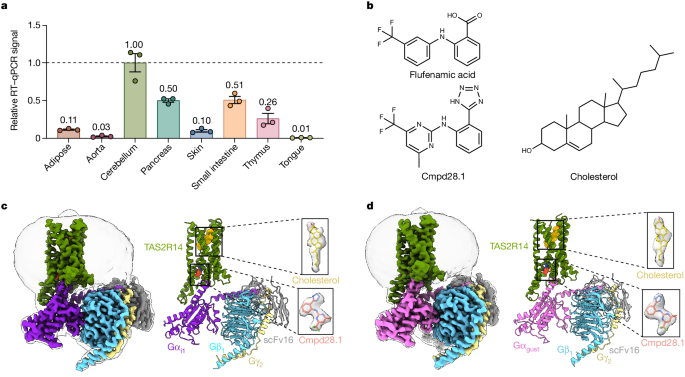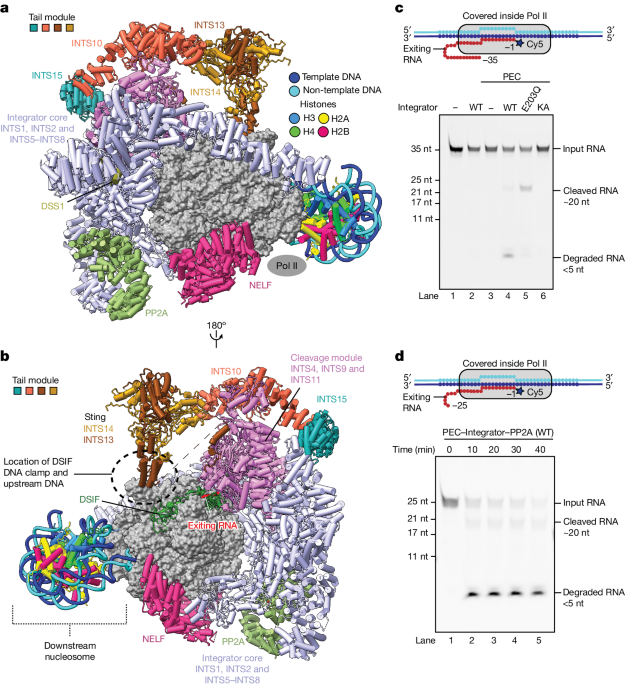LRMP Disrupts cAMP-Dependent Regulation of HCN4 Channels by Interfering with Intramolecular Signal Transduction
LRMP inhibits the cAMP-dependent potentiation of HCN4 channels by disrupting the intramolecular signal transduction between cyclic nucleotide binding and channel gating, in an HCN4-specific manner.

Cryo-Electron Microscopy Reveals Molecular Mechanisms of Bitter Taste Receptor Activation
Structural insights into how chemically diverse bitter compounds activate the human bitter taste receptor TAS2R14.

Structural Insights into Bitter Taste Receptor TAS2R14 Activation by Cholesterol and an Intracellular Bitter Tastant
Cholesterol acts as an orthosteric agonist, while the bitter tastant cmpd28.1 functions as a positive allosteric modulator with direct agonist activity at the bitter taste receptor TAS2R14.

Palmitoylation Activates Gasdermin D for Pyroptosis and Cytokine Secretion Downstream of Inflammasome Activation
Gasdermin D is activated for pore formation and pyroptosis through reversible S-palmitoylation, which can occur on both the cleaved N-terminal domain and the intact full-length protein.

Structural Insights into Integrator-Mediated RNA Polymerase II Termination Mechanism
The Integrator complex uses a multi-step mechanism involving major structural rearrangements to terminate RNA polymerase II transcription by opening the DSIF DNA clamp and preventing Pol II rebinding.

Mechanistic Insights into the Collaboration of Dicer, RIG-I-like Helicase, and dsRNA Binding Protein in Antiviral Defense in C. elegans
The C. elegans antiviral complex comprising Dicer (DCR-1), the RIG-I-like helicase DRH-1, and the dsRNA binding protein RDE-4 cooperate to cleave viral dsRNA in an ATP-dependent and terminus-specific manner, with DRH-1 playing a dominant role in ATP hydrolysis and processive cleavage.

